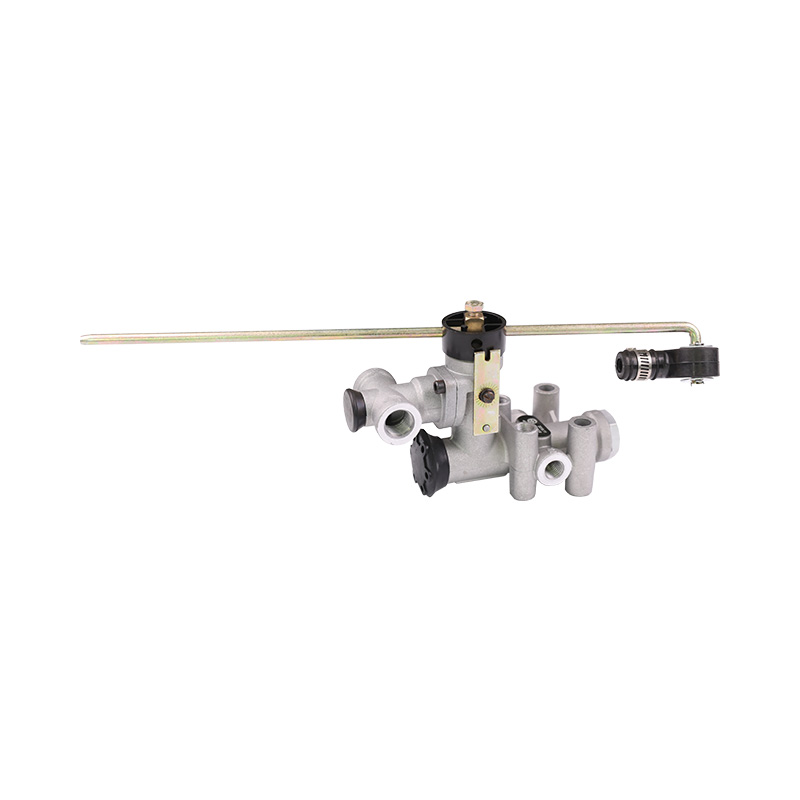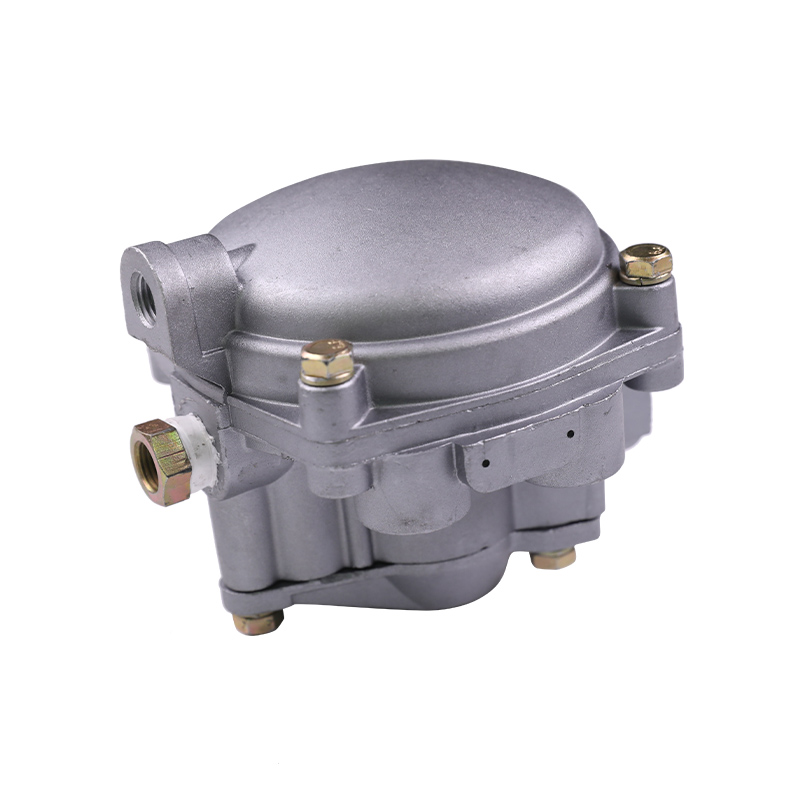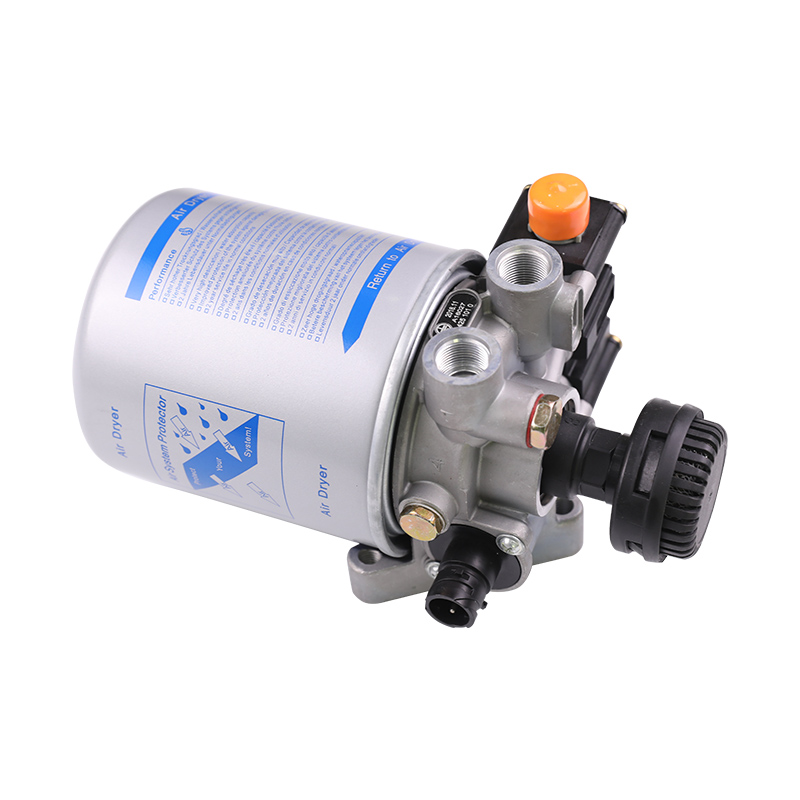Valve ports in a Brake Foot Valve are essential components that facilitate the flow of brake fluid within the brake system. These ports play a crucial role in regulating hydraulic pressure and enabling the precise control of the brakes. Understanding the design and function of valve ports is key to comprehending how a Brake Foot Valve operates effectively.
Inlet and Outlet Ports:
Brake Foot Valves typically feature two types of ports: inlet ports and outlet ports. These ports are strategically located within the valve body to allow for the entry of pressurized brake fluid and its distribution to the brake calipers or wheel cylinders.
Hydraulic Fluid Flow:
When the driver applies force to the brake pedal, it activates the Brake Foot Valve, causing the piston inside to move. As the piston moves, it compresses a spring and generates hydraulic pressure.
The generated hydraulic pressure is directed towards the valve ports. Inlet ports are responsible for allowing brake fluid to enter the Brake Foot Valve from the master cylinder or brake fluid reservoir.
Once inside the valve, the pressurized brake fluid is then channeled through the valve's internal passageways, guided by the configuration of the valve ports.
Outlet ports in the Brake Foot Valve are responsible for releasing the pressurized brake fluid to the brake calipers (in disc brake systems) or wheel cylinders (in drum brake systems), where it acts on the brake pads or shoes to create friction and slow down the vehicle.
Modulation of Brake Force:
One of the critical functions of valve ports is to enable the modulation of brake force. By controlling the opening and closing of these ports, the Brake Foot Valve can precisely adjust the amount of hydraulic pressure delivered to the brakes.
This modulation of brake force is essential for smooth and controlled braking. It prevents abrupt stops and wheel lockup, particularly in emergency braking situations or on slippery road surfaces.
Brake Balance:
Valve ports also contribute to maintaining brake balance between the front and rear wheels of the vehicle. Proper brake balance ensures that the vehicle does not nose-dive during braking or experience rear-wheel lockup.
Brake balance is achieved by proportionally distributing hydraulic pressure to all four wheels. Valve ports play a role in ensuring that the right amount of pressure is directed to each set of brakes, front and rear.
Integration with Anti-lock Braking Systems (ABS):
Valve ports are crucial components for the proper functioning of Anti-lock Braking Systems (ABS). ABS systems rely on the rapid modulation of brake pressure to prevent wheel lockup.
The Brake Foot Valve, with its well-controlled valve ports, allows ABS systems to pulse the brakes, ensuring that the wheels continue to rotate during hard braking, which enhances vehicle stability and control.
Precision and Design Variations:
The design and precision of valve ports can vary depending on the type of Brake Foot Valve. In manual valves, the driver's input directly controls the opening and closing of these ports.
In power-assisted Brake Foot Valves, additional technology, such as vacuum or air pressure, may assist in regulating the valve ports.
Electronic Brake Foot Valves employ sensors and electronic control units (ECUs) to precisely modulate the valve ports, allowing for rapid adjustments in response to the driver's input and various driving conditions.






